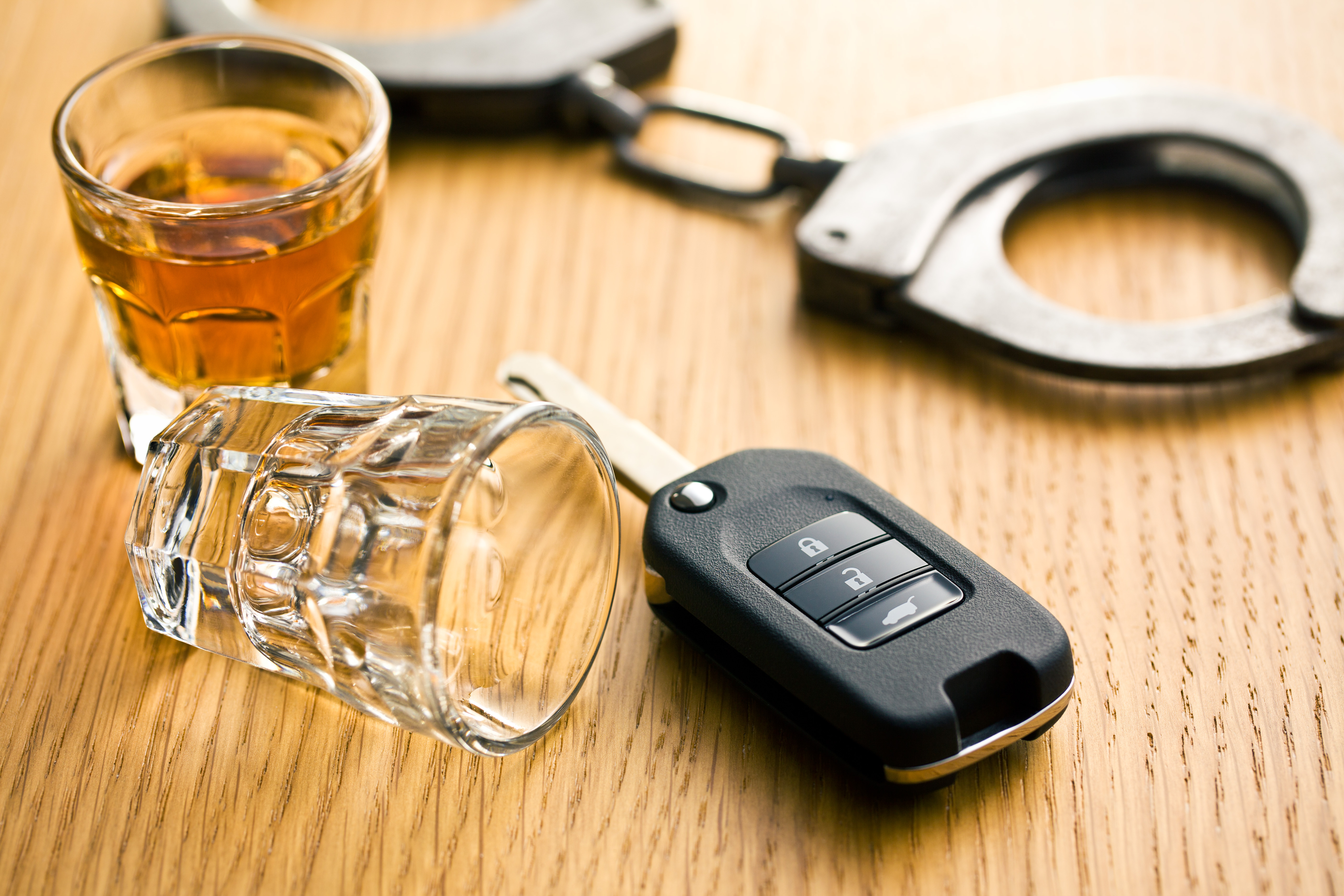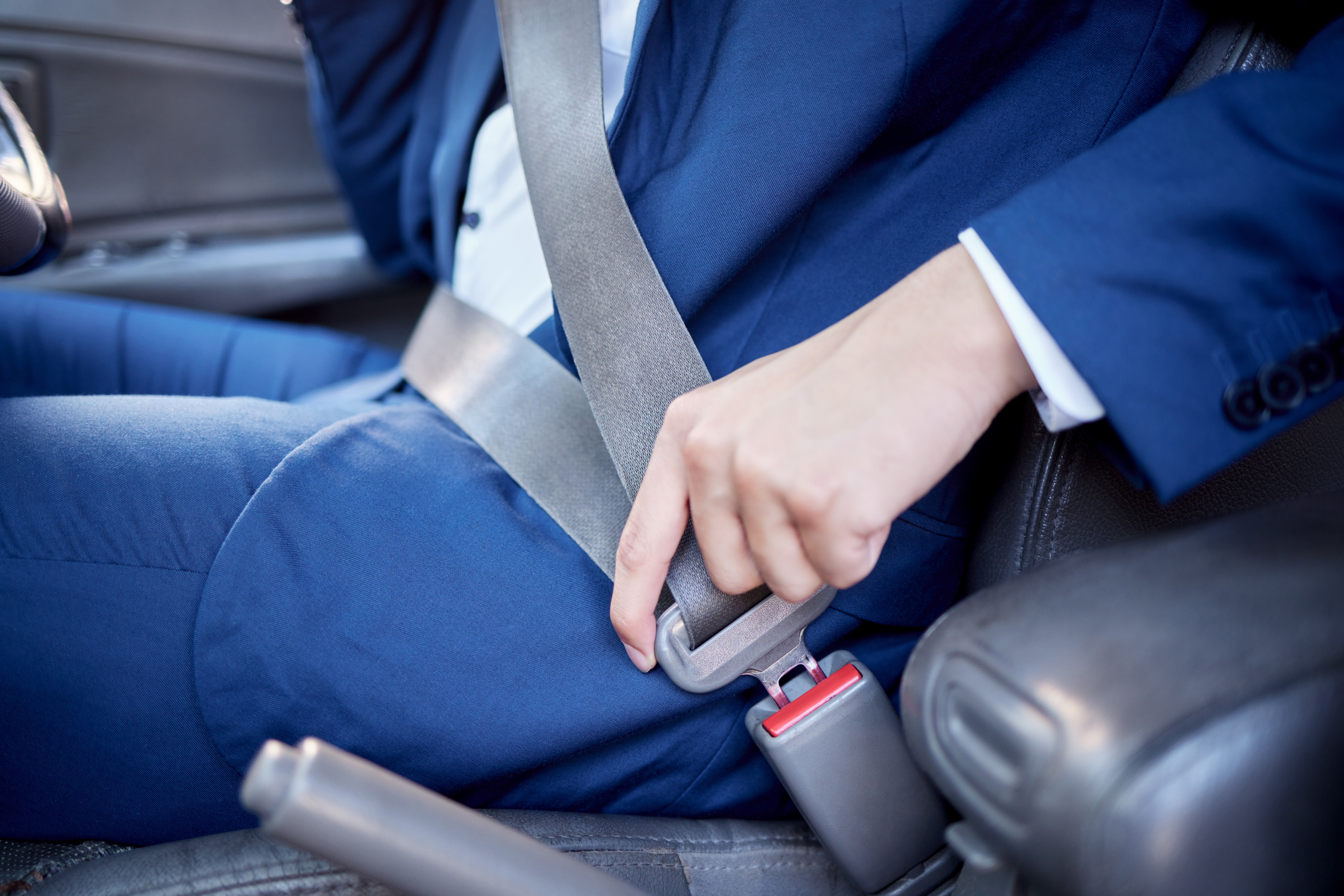
UK Driving Rules Changes 2025: What’s Coming and How to Prepare
The UK is set for the biggest road safety reforms in nearly two decades. Expected to take effect from Autumn 2025, the proposed UK driving rules changes 2025 aim to cut fatalities and serious injuries with tougher standards and stronger enforcement. This blog breaks down the four major changes: a lower drink-drive limit, mandatory eye tests for older drivers, tougher penalties for uninsured drivers, and stricter seatbelt compliance. You’ll learn what may change, why it matters, and how to stay compliant.
These road safety reforms are designed to reduce reoffending, improve detection, and protect everyone on the road.
Why these road safety reforms now?
Road casualties involving older drivers have risen, and too many deaths still involve drink or drug driving and seatbelt non-compliance. Government ministers, led by the Department for Transport (DfT), have set out proposals to tackle long-standing issues with a mix of lower legal thresholds, mandatory health checks, and sharper penalties. If implemented as expected in Autumn 2025, these changes would mark the most significant overhaul since the Road Safety Act 2006.
Below, we explain each proposed change and what drivers should do next.
1) Lower drink-drive limit: aligning with Scotland and Europe
England and Wales may reduce the legal limit from 35 micrograms of alcohol per 100ml of breath to 22 micrograms. This would match Scotland and most European countries and make it easier to be prosecuted after even a small amount of alcohol. Policymakers are also exploring simpler drug-driving prosecutions by allowing roadside saliva tests as admissible evidence, reducing reliance on blood tests.
Why it matters
This change would bring England and Wales in line with Scotland and Europe, making prosecution for drink-driving more straightforward even at low alcohol levels. The intention is to clarify enforcement and improve road safety, but experts note that persistent drink-drivers may require additional targeted enforcement and education to reduce reoffending.
Penalties to expect
Penalties for drink- or drug-driving are severe: at least a 12-month driving ban, unlimited fine, up to six months in prison, and a criminal record impacting employment, insurance, and travel. Penalties can be higher in cases of collisions or very high readings. Insurance premiums will also rise after a conviction, and some drivers may find it harder to get cover.
How to prepare
It is safest not to drink at all if you plan to drive. Plan ahead—use taxis, rideshares, or public transport where needed, and be mindful of alcohol remaining in your system the morning after. For medications and drugs, always check for driving warnings or speak to your GP or pharmacist.

2) Older driver safety: mandatory eye tests and medical checks
What could change
Drivers aged 70 and over may need to take compulsory eye tests every three years at licence renewal, with the aim of detecting visual or medical issues that could impact driving. The UK currently relies on self-reporting—unlike many European countries—so this new approach would bring the country in line with stricter international standards. Medical assessments for dementia and other age-related illnesses may also become mandatory.
Why it matters
More robust checks can identify vision or health problems earlier, improving safety for everyone. Serious crashes involving drivers over 60 have increased since 2010, reinforcing the need for periodic reviews of fitness to drive.
What happens if you fail
Failing a mandatory test or assessment may result in licence revocation or refusal. Driving after failing could lead to criminal proceedings.
How to prepare
Older drivers should book regular eye exams and review medications annually, not just at renewal. Keeping eyewear prescriptions up to date and considering voluntary driver assessments can provide added assurance of road fitness.
3) Tougher penalties for uninsured drivers and “ghost plates”
What could change
Penalties for driving without insurance are expected to become more severe. Currently, uninsured motorists face a £300 fixed fine and six penalty points, but new rules may include unlimited fines and potential disqualification in court. There will also be greater enforcement against “ghost plates” designed to evade ANPR cameras.
Why it matters
Uninsured driving increases costs and risks for law-abiding motorists. Enhanced penalties and detection methods are likely to further deter those who drive without valid cover and help police identify vehicles used in criminal activity.
Likely enforcement
More roadside checks, ANPR cross-checks, and targeted enforcement in high-risk areas will increase the chance of detection. Vehicles may be seized if found uninsured.
How to prepare
Ensure your insurance is valid and up to date. Keep proof of insurance handy, confirm your policy details are correct, and follow all rules for SORN vehicles or number plates that must be legible to ANPR systems.

4) Stricter seatbelt compliance: from fines to penalty points
Not wearing a seatbelt may soon result in penalty points being added to licences, in addition to fines. Currently, there is only a fine for non-compliance, but under the new laws, failure to wear a seatbelt or ensuring passengers are buckled up could result in points on your licence.
Why it matters
Seatbelt non-compliance is a factor in a significant share of road deaths, including many back-seat passenger fatalities. Adding penalty points increases the deterrent effect and highlights the seriousness of the offence.
Driver responsibility
Drivers are already responsible for passengers under 14. The changes intend to expand accountability to all occupants and improve safer behaviours through stronger enforcement.
How to prepare
Always ensure everyone in the vehicle is properly restrained. For families, keep child seats up to standard and regularly inspected. Replace seatbelts after collisions and verify all hardware works properly.
What these new driving laws mean for you
If these road safety reforms take effect in Autumn 2025, most drivers won't need to completely change their habits, but vigilance and compliance will be more important than ever. Stay aware of your fitness to drive—especially for older drivers. Confirm your vehicle is insured and all seatbelts work. Make sure you and your passengers buckle up on every journey.
For businesses and fleet managers, review your driver handbooks, update policies, and offer focused training on these new rules. Carry out regular licence checks and insurance audits across your vehicle fleet, and consider using telematics where appropriate.
Frequently asked questions
When will the changes take effect?
The proposals are expected to come into force in Autumn 2025, subject to legislative timelines and final approval.
Will the drink-drive limit change in Scotland?
Scotland already uses the lower limit (22 micrograms per 100ml of breath). The change would align England and Wales with Scotland and most of Europe.
Do I need to carry proof of insurance?
You should be able to provide proof when asked, though police can check databases. Keeping digital or paper proof speeds up checks and avoids delays.
Are there exemptions for seatbelts?
Some medical exemptions exist, but you need valid proof. Most drivers and passengers must wear a seatbelt if one is fitted.
The bottom line
The proposed road safety reforms focus on impairment, vision, insurance compliance, and seatbelt use. By tightening standards and penalties, and improving detection, the new laws aim to reduce serious crashes and save lives. Proactive preparation now—updating habits, checking health, verifying insurance, and ensuring seatbelt use—will help keep everyone safe and compliant on UK roads.










